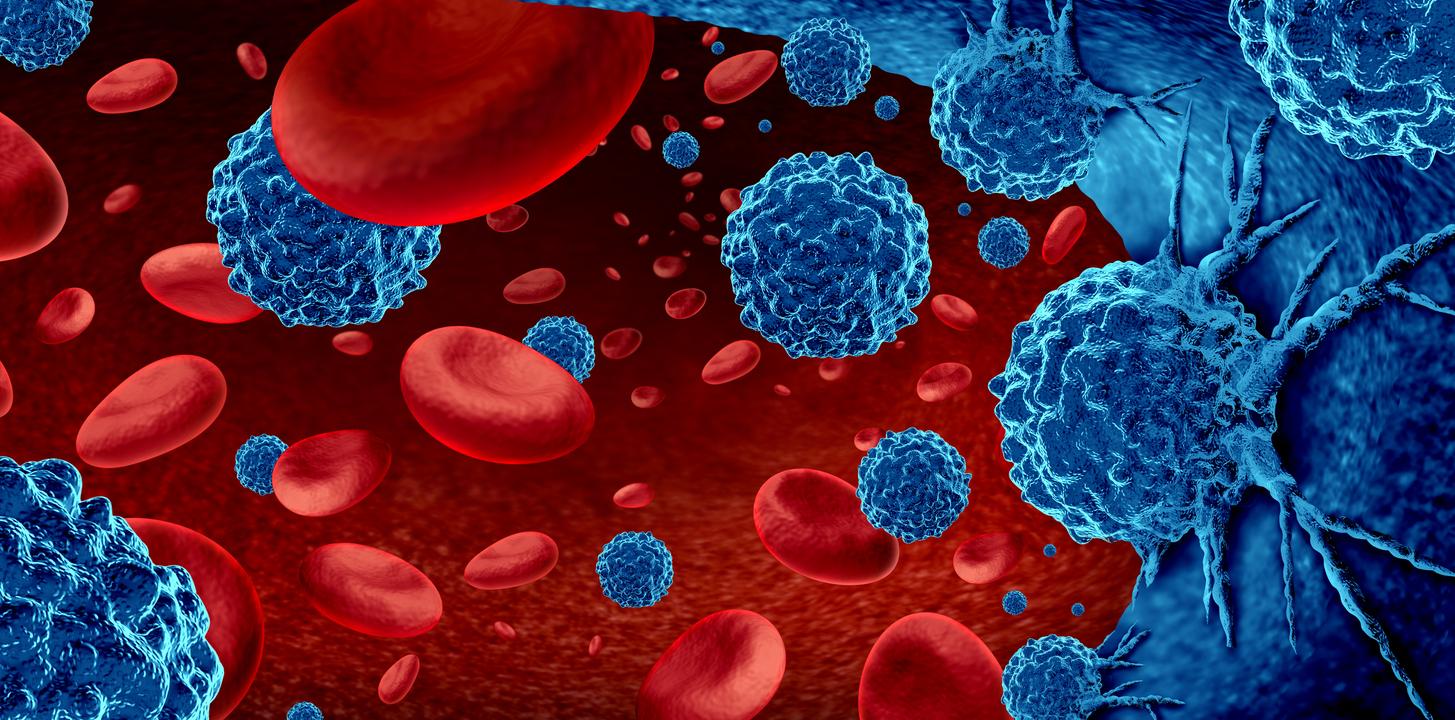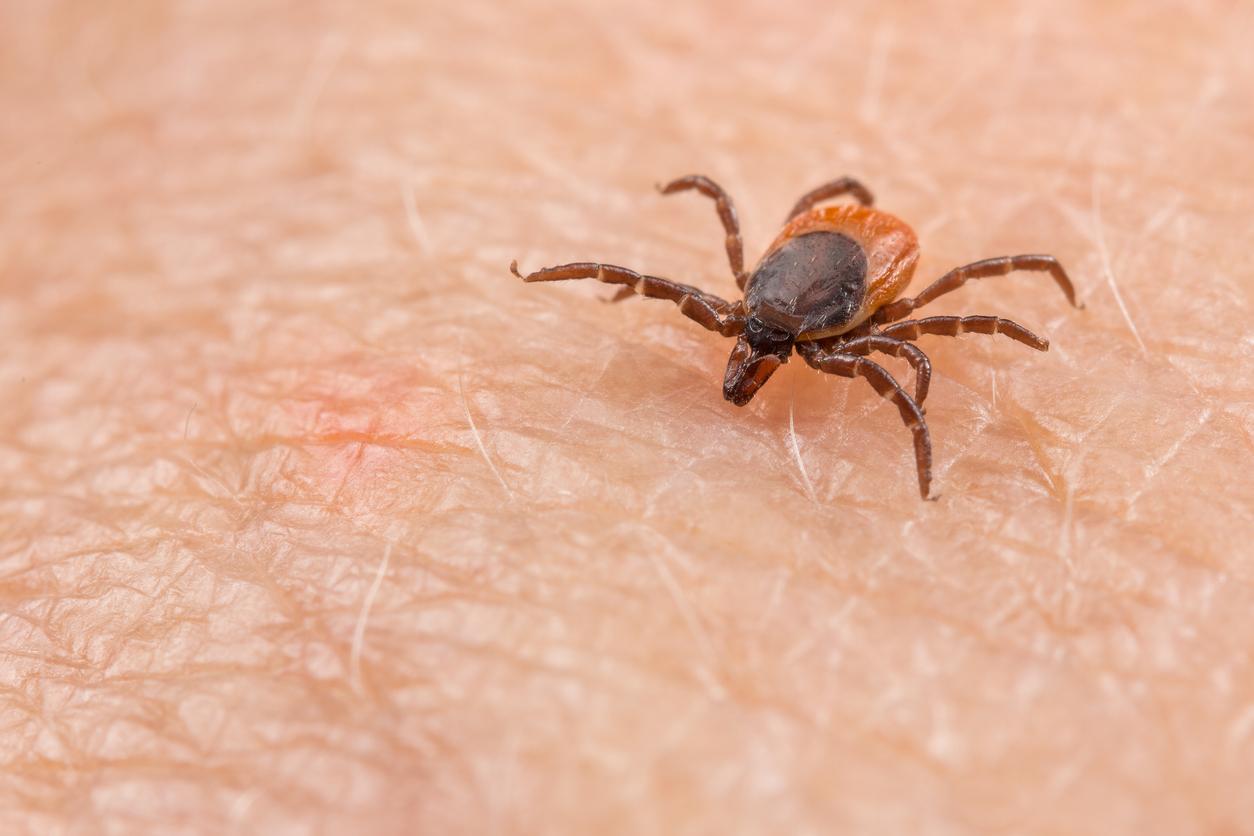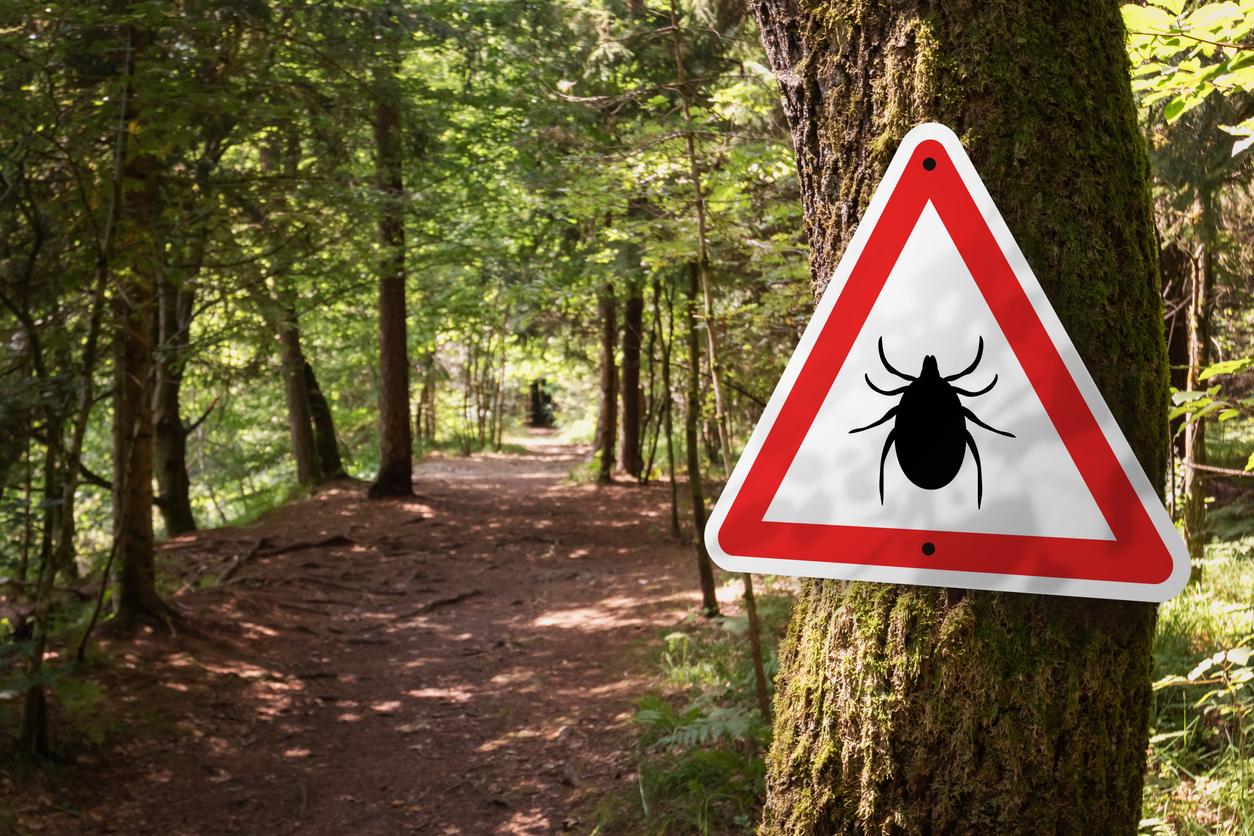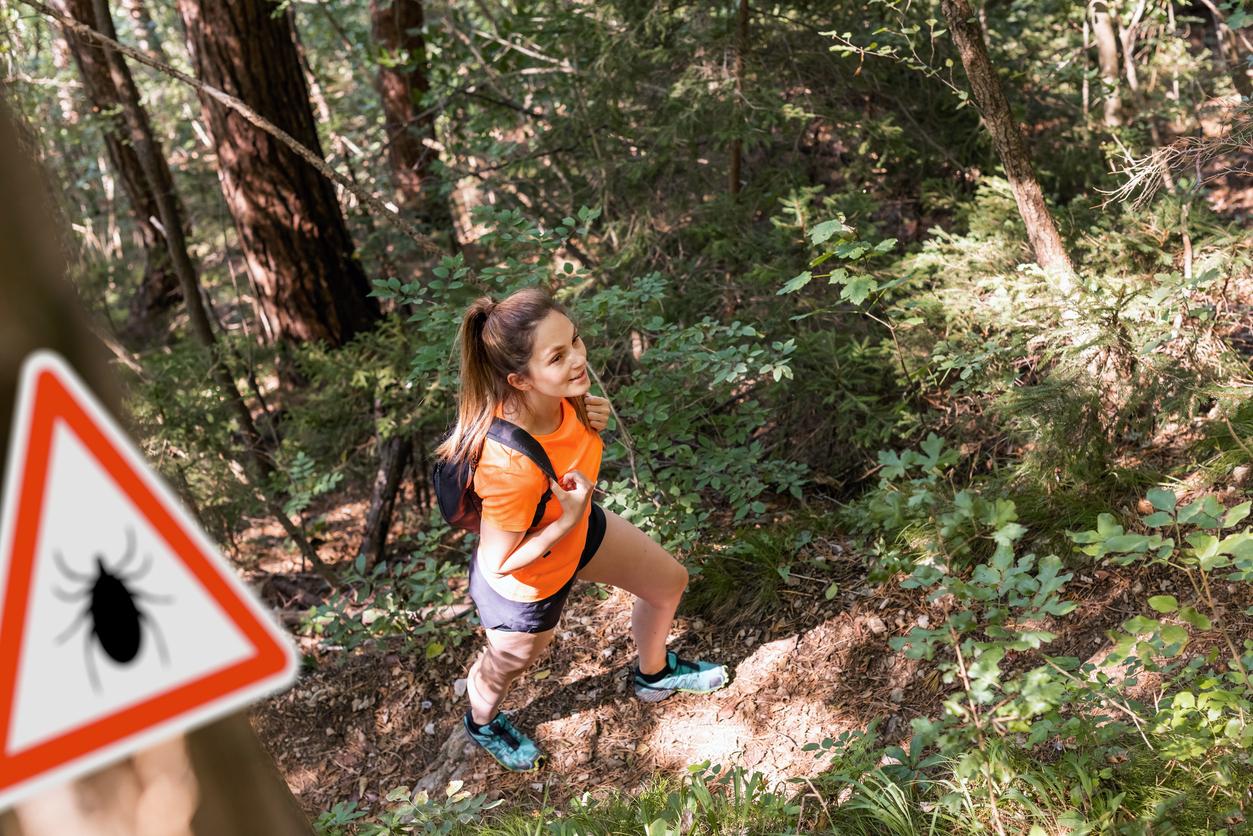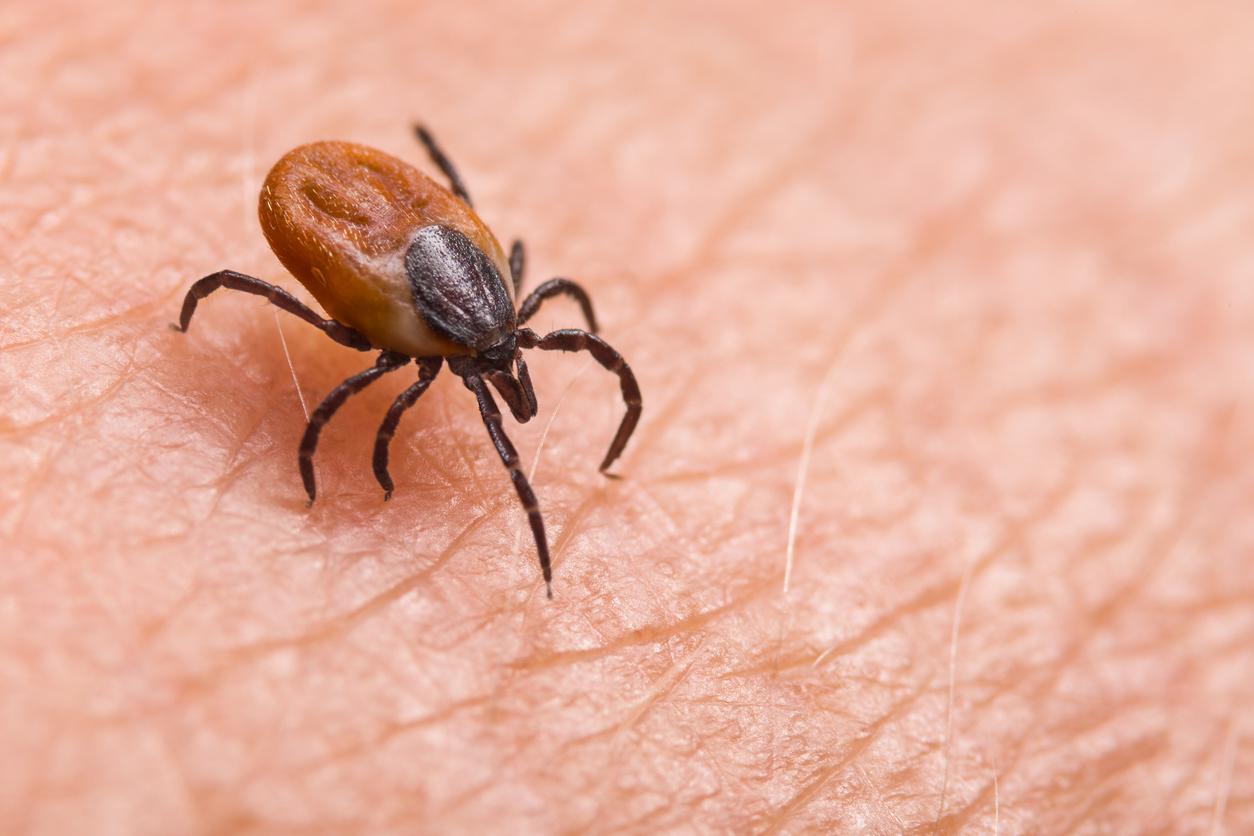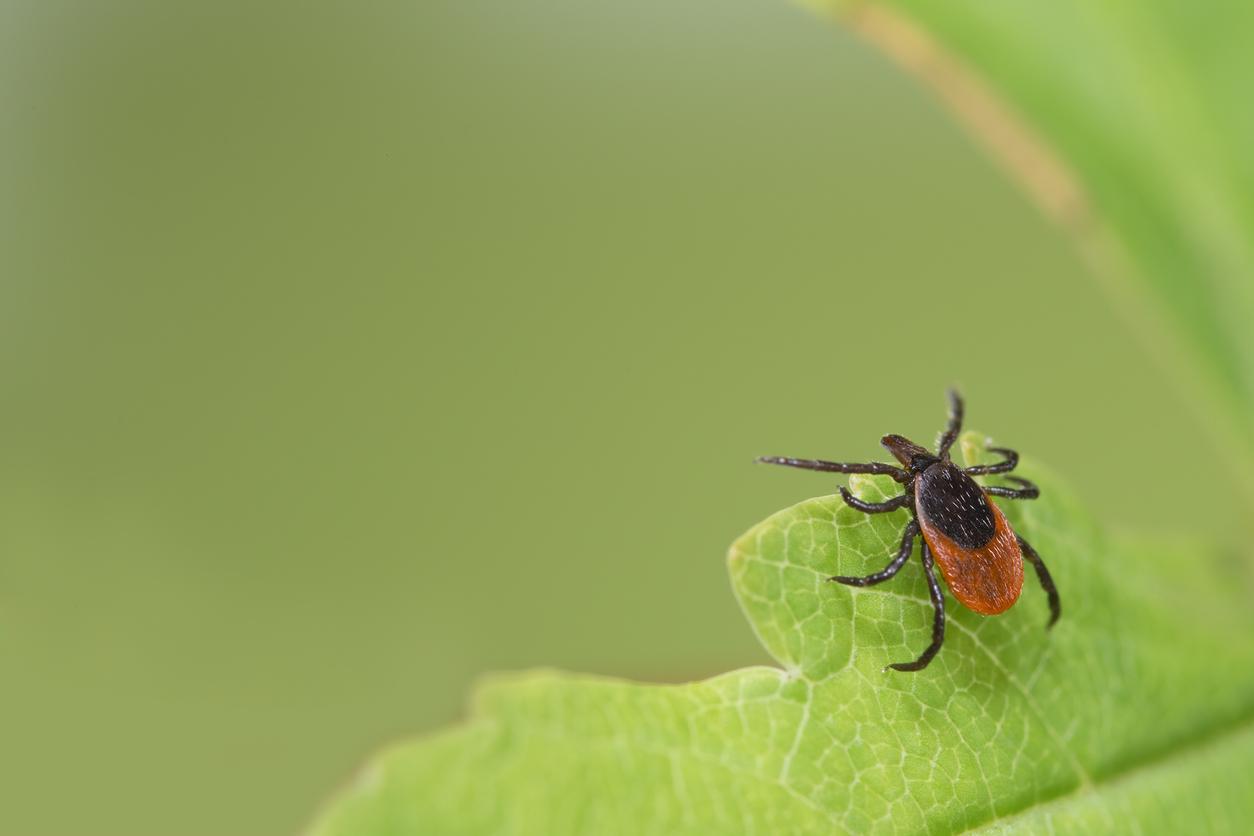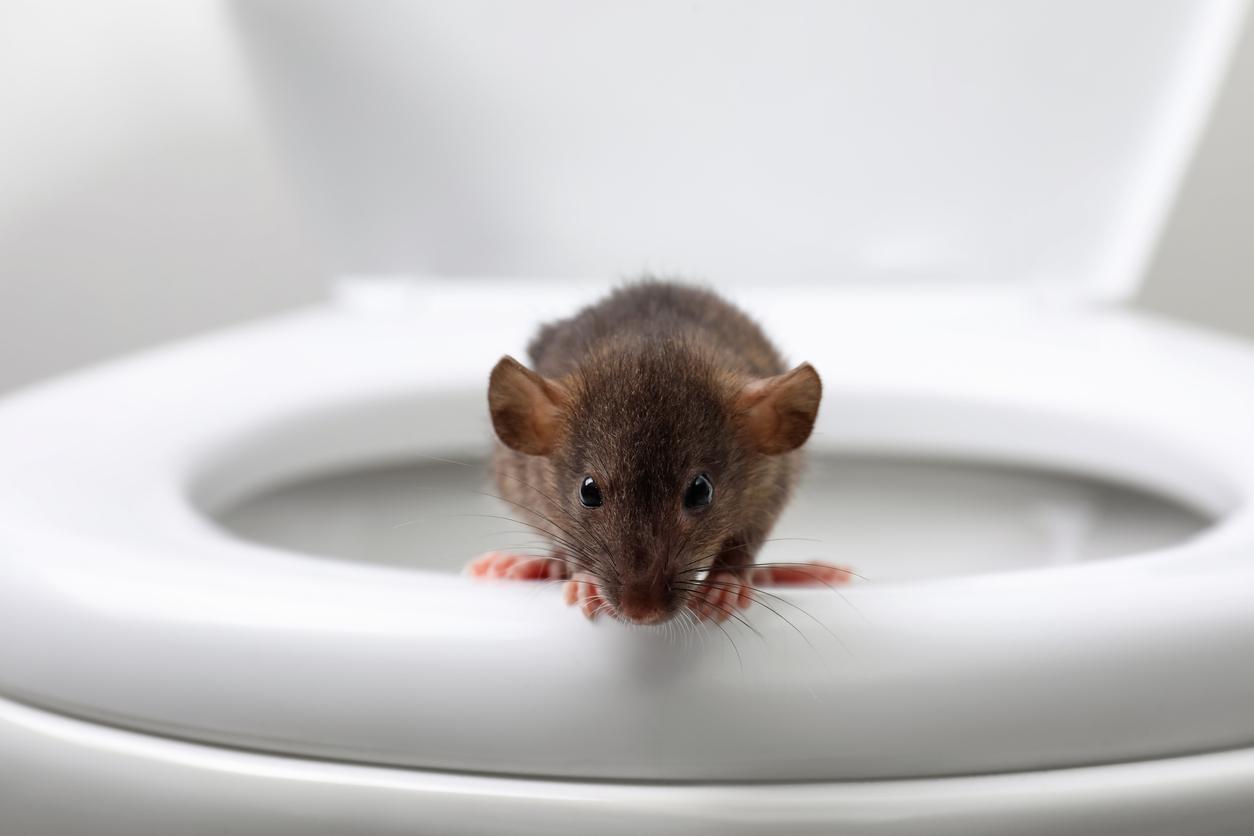
That itchy red spot on her foot must have been a mosquito bite, journalist Christi Waanders (47) thought. But after a visit to the doctor, she came home with a prescription for antibiotics for Lyme disease. And a head full of questions about tick bites.
It was in Scheveningen, I remember. I was sitting on a sunny terrace with my colleagues and had an enormous itching on the inside of my foot for weeks. I thought of a mosquito bite. The spot was quite big and the itching wouldn’t go away, so I threw it in the group. “Isn’t that a tick bite?” a colleague shouted. Of course not, I wanted to shout. But when I looked more closely, the stain suddenly looked like a ring. A tick bite? But I hadn’t felt anything and then I would have seen it, wouldn’t I?
Looking back at my calendar, it must have happened right after the summer holidays. I had a weird flu. That can be part of it, I now know. I haven’t been on the road much, so it must have happened in the garden or when walking the dog in the city park around the corner. My doctor immediately gave me antibiotics. If you have a red spot or ring on the skin, you have an early stage of Lyme disease. Fortunately, that circle was gone after a few days of swallowing. I was left with a lot of questions, because actually I knew nothing about ticks, nor about Lyme disease. Was I now healed?
To get my questions answered, I consulted a number of drawing experts.
I didn’t notice anything. Can’t feel a tick bite?
Nature is clever: the tick’s saliva contains anesthetic and immunosuppressant substances so that you do not feel the bite.
How long is a tick attached to you?
Usually a few days. This is how long a tick needs for a ‘meal’.
When are they active?
The tick season roughly runs from March to November. Ticks are active from 7 degrees, so sometimes also in mild winters. Ticks can survive in the house for a few days, after which they dry out. Ticks are also active at night. So you can also be bitten during a night walk in the woods.
Where are ticks?
Ticks are not only found in forests, but also in the dunes, on the heath, and in sheltered meadows. And yes, also in parks and gardens. They do not fall from trees but live low to the ground, in the leaves, bushes or grass under the trees. In shady places, because they like a moist environment. There they patiently wait for victims.
What is Lyme Disease?
Lyme disease is an infectious disease caused by the Borrelia bacteria. In severe cases, this disease can lead to cardiac arrhythmias, inflamed and painful joints, or nervous disorders such as loss of strength or numbness or tingling in the arm or leg. Sometimes patients suffer from more general complaints, for example flu-like symptoms, chronic fatigue, headache or muscle pain, or concentration problems. This sometimes makes it difficult to recognize the disease.
Incidentally, not everyone infected with this bacterium gets the disease (see also the box with figures). Our own immune system can also fight the infection itself. This does not mean that a past infection offers protection against a new one. Unfortunately, you do not build up lasting resistance. Age does not seem to play a role: RIVM research shows that the risk of a red ring or spot per tick bite does not increase with age.
Do you always need antibiotics for a red ring?
Yes. The sooner Lyme disease is detected, the better the treatment will be. If you have a red ring, you take antibiotics for ten to fourteen days. At a later stage, that is three or four weeks. The general practitioner diagnoses erythema migrans and can refer you at a later stage of the disease, depending on the symptoms, to a dermatologist, rheumatologist, neurologist or an infectious disease specialist.
I had a red spot. Then you have an early stage of Lyme disease. Are there any more features?
Itching, like I had, is usually not a symptom. A red ring or blotchy rash is the most common and noticeable sign of Lyme disease. This spot, also called erythema migrans, usually appears after a few days or weeks, but sometimes only after a few months. Other symptoms are much more vague, which is why the infestation is often not noticed until late.
Not everyone gets a red ring after a bite. Some people therefore go straight to the doctor with every tick. Is that really necessary?
New. The chance that you will get Lyme and not have a red ring is very small (see above). The official advice is therefore to only go to the doctor if you develop a fever, muscle or joint pain in the weeks after the bite. Incidentally, GPs have recently been able to give preventive antibiotics for one day in people who have been bitten by a tick but do not have a red ring. The bite may be no more than three days ago.
How many people suffer from complaints?
When the red ring is treated with antibiotics, almost all patients recover. Between 4 and 10 percent of all Lyme patients have long-term complaints, even after treatment. Why some people have complaints and others don’t is currently being investigated. People who are starting antibiotic treatment can register for this study via www.tekenradar.nl.
Suppose I get bitten again next month. Will I get that cure again?
After a tick bite, you will only receive treatment for an erythema migrans or if you have symptoms that a doctor determines (after blood tests) are due to Lyme. And then you get antibiotics again. Incidentally, the chance of a ring every month is not that great, according to the figures.
Still a tick. What now?
Remove the tick as soon as possible: the shorter the tick is in the skin, the smaller the chance of infection. Use tick tweezers (available at drugstores and pharmacies) and grab the tick by the head, as close to the skin as possible. It is not a problem if the snout remains in the skin. The remaining piece, like a splinter, swears out on its own. After removing the tick, disinfect the bite wound with 70 percent alcohol or iodine and wash your hands well. Note the date of the tick bite in your diary and keep a close eye on the spot for a month or two. Does a circle arise, or do you have flu symptoms or other complaints? Then go to the doctor.
Finally: will I stay safe on the terrace of the beach bar this summer or do I venture into ‘wild’ nature? After the initial shock, I am now mainly a forewarned person. I know how ticks behave and what to do if I am bitten. And I know that the chance of Lyme disease is small. That is reassuring. So hop on those boots – put your pants in your socks – and enjoy nature!
7 golden tips
1. Always have a tick remover handy.
2. Stay on the trails and avoid dense vegetation and undergrowth.
3. Wear closed shoes, long sleeves and long pants. Tuck trouser legs into socks.
4. Wear light clothes. That way you can see ticks better.
5. — Apply a product containing DEET to exposed skin. You can also spray this on the clothes.
6. — Been out into nature? Always check yourself carefully, possibly with a mirror or magnifying glass. Good to know: ticks are most often in
the groin, then in the back of the knee.
7. Wash the clothes at a minimum of 60 degrees and use the dryer. That survival sign is not.
Sign & lyme in numbers
Not everyone who is bitten by a tick will develop Lyme disease. This requires triple bad luck.
1. Getting bitten by a tick. That happens to nearly 1.3 million people every year.
2. The tick is infected with borrelia. That’s 20 percent of the ticks.
3. Getting Lyme. Not everyone who is infected gets sick. That applies to about 2 percent of patients who are bitten by a tick, and amounts to about 25,000 patients per year. Of these, 23,500 had a red spot or ring as their only complaint, and 1500 people had more serious complaints. The bacterium has spread throughout their body, which leads to, for example, nerve and joint complaints. Most people with complaints recover after treatment.
With thanks to Prof. Dr. Joppe Hovius of the AMC, Dr. Hein Sprong and Dr. Kees van den Wijngaard of the RIVM.





